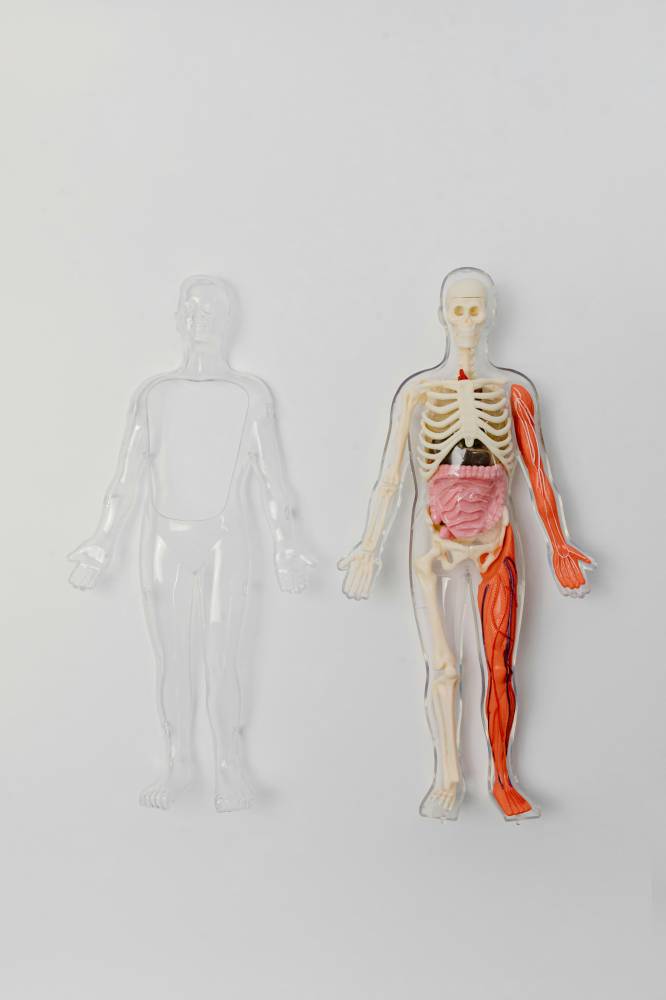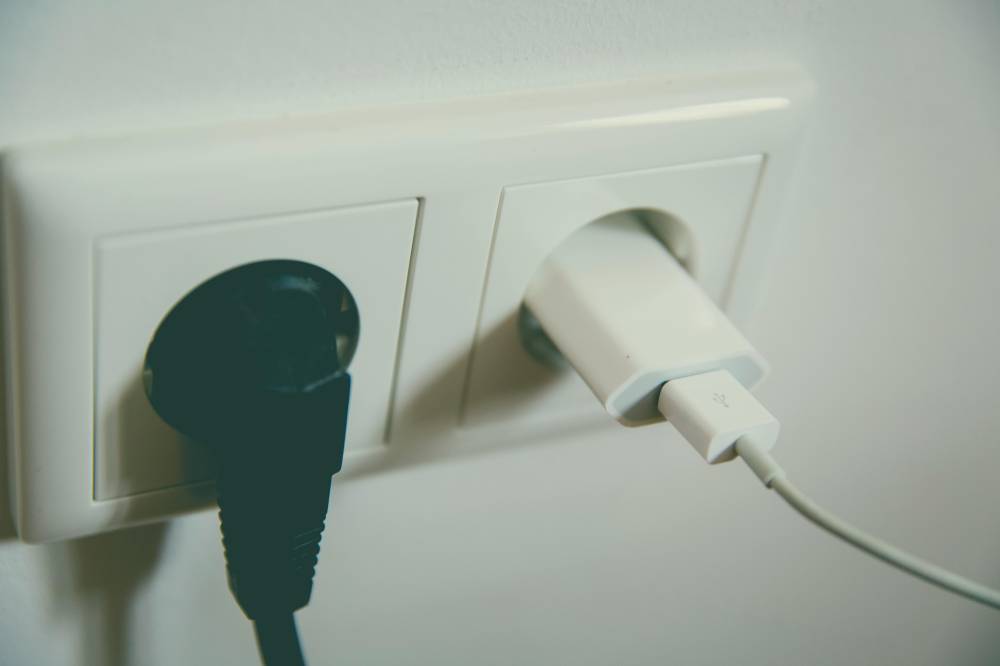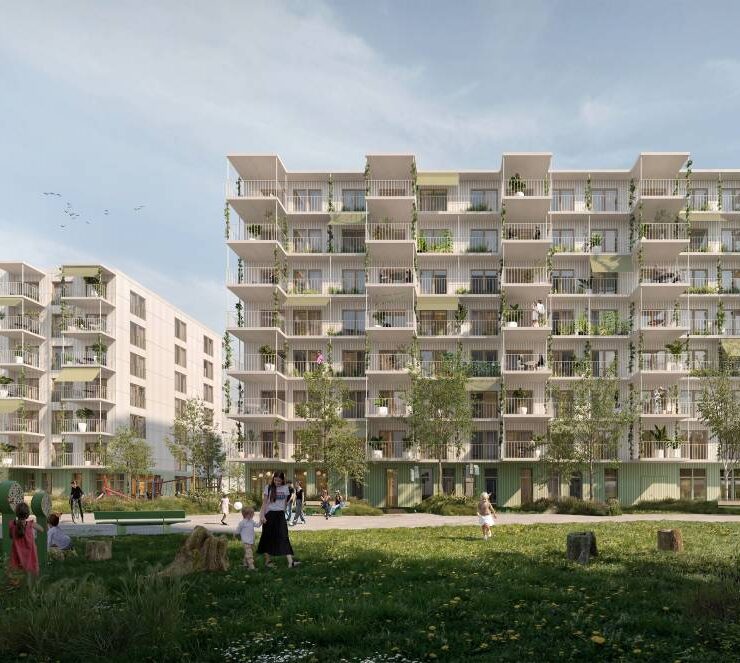Anatomy of a house

Your house is just like the human body.
It is made up of different systems working together. If one part fails to function well, other parts of your home will eventually be affected. Therefore, it’s important to take care of each system of your home to ensure it lasts a long time.
But first, let’s get to know each system that makes your house tick. It’s essential to know some basics about them so that you can handle little mishaps and know when you should call a pro. Without further ado, here are the different parts that make up the anatomy of your home.

Structural
Basically functioning as the skeleton of your home, the structural system is composed of your foundation, columns, beams and slabs. These elements are essentially what makes your home stand. The failure of these elements spell danger in big, capital letters.
When you’re still constructing your home, it’s best to hire a certified structural engineer to handle this aspect.
There are no DIY or shortcuts here. From the size of your steel members to the thickness of your beams, it’s essential that your structural members meet the minimum requirements of the National Structural Code of the Philippines (NSCP). These will keep your home standing in the event of an earthquake, fire or accident.
To take care of your house’s structure, ensure that there are no cracks in your dwelling prior to receiving it from your contractor during house turnover.
If cracks do occur, assess them first. Usually cracks occur in new houses as the house settles into the soil over time, but the size of the crack indicates the severity of the problem.
As a general rule, vertical cracks, unless they are more than a quarter of an inch in width, are not too concerning while horizontal cracks require immediate attention. If unsure, it’s best to call an engineer to help determine the cause and its corresponding solution.

Electrical
Your home’s electrical system, meanwhile, is another aspect that requires professional guidance. While some of us are capable of handling simple wiring, it’s best to work with a professional electrical engineer and electricians when it comes to routing and installing your home’s main electricity.
Electrical lines are probably comparable to your cardiovascular system. They supply power throughout your home to crank up lights and appliances. It’s essential that you have circuit breakers to prevent electrical accidents, as these trip and protect you in cases of overloaded or short circuits.
To keep your electrical lines safe, avoid using extension cords with multiple outlets to prevent overloading. Opt for appliances with inverter technology to lower your power consumption and consequently your energy bill.
Most importantly, have an electrician fix any exposed wires immediately as these may possibly cause electrocutions.

Plumbing
The plumbing system works just like your urinary tract. It takes care of the water supply, storm water drainage and sewerage of your home. These lines should be properly routed to prevent internal floods, leakages or contaminated water.
It’s essential to install preventive devices to ensure your plumbing system works smoothly for many years.
The kitchen sink, for example, should have a grease trap to prevent blockages. Your bathroom drains should also be regularly checked and cleaned of hair, sachet wrappers and other debris that can accidentally clog your shower areas.
Lastly, your roof gutters and downspouts should also be regularly maintained, cleaned and repaired especially before the stormy season.
Mechanical
Mechanical systems are akin to your respiratory tract. It ensures the circulation of air for ventilation inside your home. Beyond airconditioning, items such as wind towers, windows and exhausts fall also under this category.
Good planning is the key for great air circulation inside your home. Cross ventilation, or installing openings opposite or at an angle to each other, encourages wind to travel inside rooms and naturally cool your home.
Bathrooms also benefit from windows as these help eliminate odors and prevent mold growth. You can install exhaust fans, however, if a window is impossible to install inside your rest rooms.
Lastly, if you opt for air conditioners, choose models which have inverter technology to help lower your energy consumption. You can choose from split-type or window-type air-conditioners, but both require professional assistance in case of a breakdown.
Architectural
Last but not the least, the architecture of your home functions like your skin. It touches on all other aspects in terms of finishes, fittings and methodologies.
This system, however, goes beyond the aesthetics of your home. Your choices of materials and construction methods will determine budget costs and the longevity of your home.
Consult a professional
For all these systems, remember that it’s still best to consult a professional to take care of your home.
Just as doctors who are experts in their own specializations, engineers, architects and designers can identify problems, recommend solutions and prevent damages in the long run.
Do not skimp on the anatomy of your home to ensure that you will have a comfortable and safe place to live in for years to come.
Photo Sources: Tara Winstead, jiawei cui, Markus Spiske,and Tirachard Kumtanom via pexels.com
A Filipino architect who has a Master's Degree in Interior Design of Commercial Spaces from IED Barcelona, Spain and with twelve years' worth of experience under the tutelage of Filipino architectural firms.





















